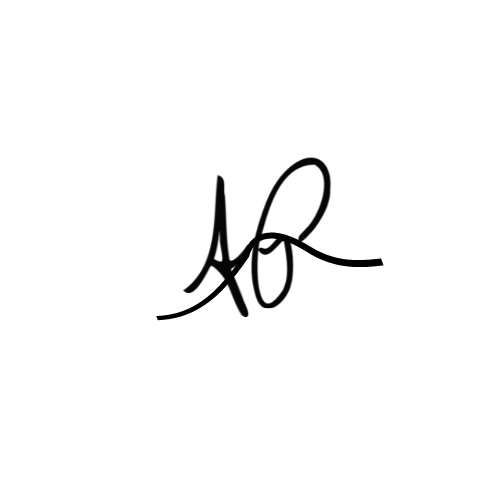The Fun and Cutting Edge Secret to Accomplish Your Fitness Goal
“The key ingredient for success in life is the discipline of mind and body. Setting goals and making sure they are accomplished builds discipline. Whatever goal I set for myself, I will first get a mental image in my mind of exactly what it is I want to achieve, then I will be determined and persistent enough to overcome all obstacles that get in my way toward that goal. Finally, I will train or study accordingly until that goal [fitness goal] is accomplished.” – Chuck Norris
Goal setting often falls short because of a lack of action.
In a world where living’s evolved into a constant stream of to-do list tasks, goals, and “if-only’s” – we are expected to prioritize our time, handle information, maintain focus, allocate resources, and constantly increase performance…and goals are the answer. How can we ditch the distractions and get things done?
A fitness goal serves to fuel motivation and have been found to improve performance. A previously frowned upon and distracting activity has now emerged as the cutting edge of neuroscience and behavioral psychology.
The lack of action in fitness goal – setting is caused by a stall resulting from the constant data and stimulus overloading our brain and stealing our focus. BUT, when you draw a picture of what you desire…your chances of remembering it improve by 65%! Add in the body chemistry from imagining and drawing – a serotonin/oxytocin potion that guides your pattern-making brain into focus – and you have yourself a fitness goal – achieving master.
Even better – doodling requires no artistic talent (so don’t say you “can’t” draw!), expensive tools, training, or talent. The science-backed
key to scheduling in that workout, or simply knocking off a line on your to-do list is to physically write it out.
For so long, doodling has been criticized for its useless endeavor, but new research is supporting the clear, tangible effects on outcome and performance – particularly in the power of a tool for active visualization.
Mental imagery can have a very powerful effect on behavior, research found that participants who visualized a task before completing it performed better than those who had actually practiced it. At the deepest levels of the mind, the brain and central nervous system can’t actually distinguish between something vividly imagined and an actual occurrence. We see this utilized in professional athletes and sports settings such as with Michael Phelps who’s well known for applying visualization techniques to gain an edge over the competition and reach peak performance, in the process of healing injuries and managing symptoms, and for increasing actual muscle mass by simply visualizing an exercise routine.
“To doodle is to engage in an intellectual, creative, and physical act that recruits many neurological networks simultaneously. This makes it a strong force for chance and portal for imagining and inviting preferred realities” Sunni Brown, The Doodle Revolution
Not only does imagery create a motivating vision which allows us to take the necessary steps to fulfill it, but it changes the information processing in our brain at the earliest levels. As humans we tend to revise the same neurological pathways we know and get stuck in our comfort zones. Next week we’ll share the multiple and unexpected ways doodling serves as the fitness goal game-changer, allowing us to enhance what’s possible.
